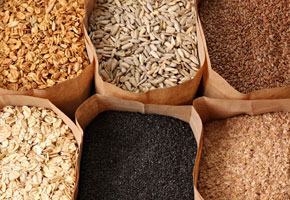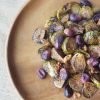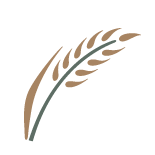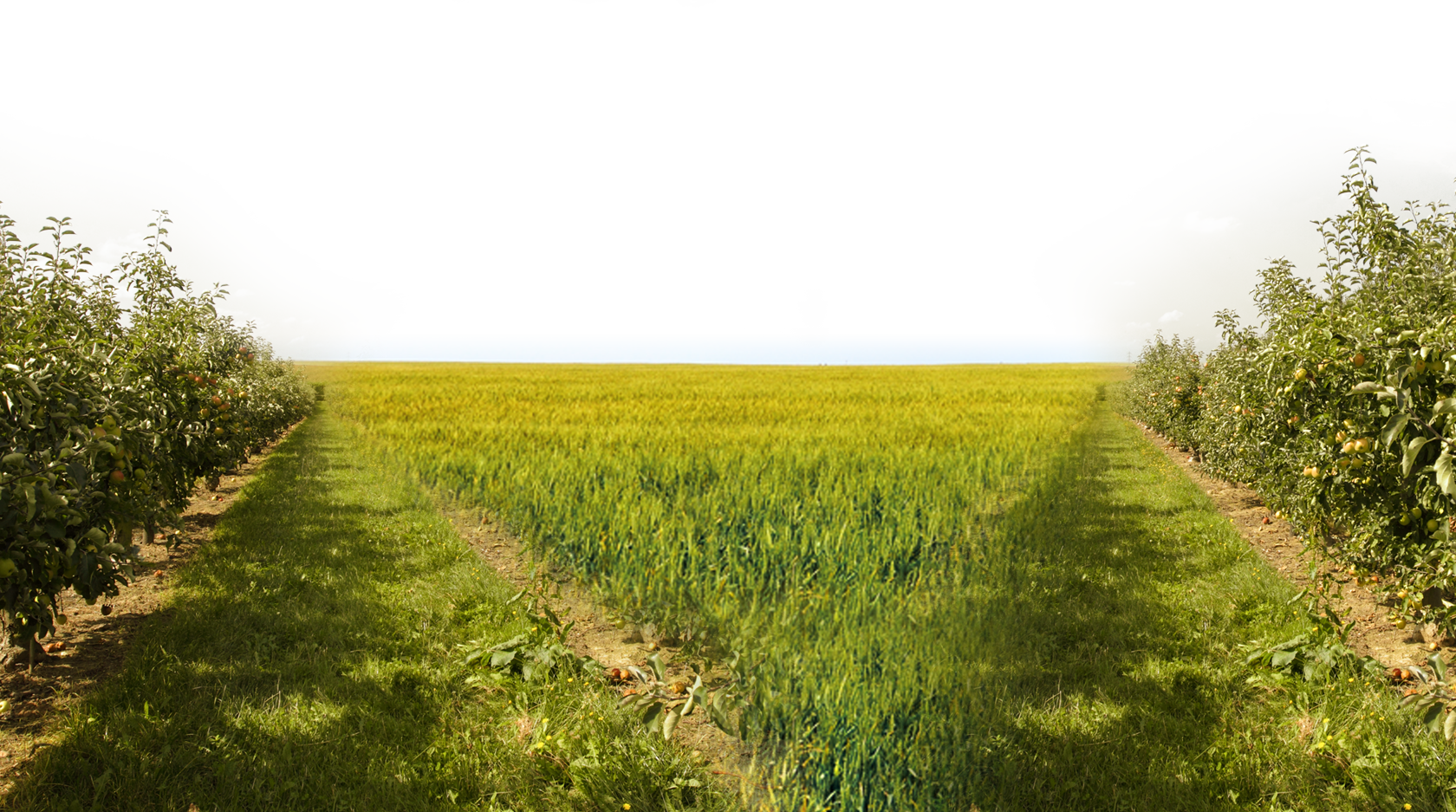
What is this Gluten you speak of?
By Aisleagh Jackson | 0 Comments | Posted 04/28/2014
If you have been into a grocery store in the past two years, chances are you have become familiar with gluten. To be more precise, you have become familiar with the idea that something called gluten exists, and it should be avoided. Here’s a wee primer on the subject.
Gluten is a water-soluble protein complex found in wheat and several other grains (see the list at the bottom of this article for quick reference). It is responsible for the elastic texture of dough, which allows for the many breads and baked goods we know and love. (I have heard it said that gluten functions as the ‘glue’ that binds dough). Though gluten itself is not known to have any specific health benefits, the whole grains it is found in do- their rich array of vitamins and minerals have been linked to lowered risk of heart disease, diabetes, and some cancers.
For some people, gluten can cause unpleasant side effects ranging from minor to major, with gluten-sensitivity at the low end of the spectrum, and both celiac-disease and dermatitis herpetiformis at the extreme end. While gluten-sensitivity has no clear definition, the name conveys the gist- it describes those of us who do not have celiac disease or dermatitis herpetiformis but do experience distress upon consuming gluten-containing foods. For this, a gluten-free diet has shown remarkable results in decreasing symptoms.
Celiac disease is an autoimmune disorder that prevents the digestive system from properly absorbing nutrients and can lead to intestinal damage. It is a hereditary disorder, not unlike lactose-intolerance. Symptoms may include difficulty gaining or losing weight, fatigue, bloating, abdominal pain, and a host of other unpleasant intestinal related disorders. Dermatitis herpetiformis is another form of celiac disease, which presents as severely itchy and/or blistering skin, most frequently around the elbows, knees and buttocks. Again, a gluten-free diet is the key to eliminating symptoms.
Fortunately for those with such sensitivities, the range of gluten-free options are growing, providing alternatives to giving up on baked goods altogether. For the rest of us, gluten is a harmless part of healthy whole grains.
Grains that contain Gluten:
Wheat, Barley, Farro, Grano, Kamut, Rye, Spelt, Triticale
Gluten-Free Grains:
Amaranth, Buckwheat, Corn, Millet, Quinoa, Rice, Sorghum, Teff, Wild Rice, Oats
Links:
The truth about gluten from WebMD
How do I know if I’m gluten intolerant?
10 signs you’re gluten intolerant
Doctor Oz Gluten sensitivity self test


 Contact us
Contact us



























